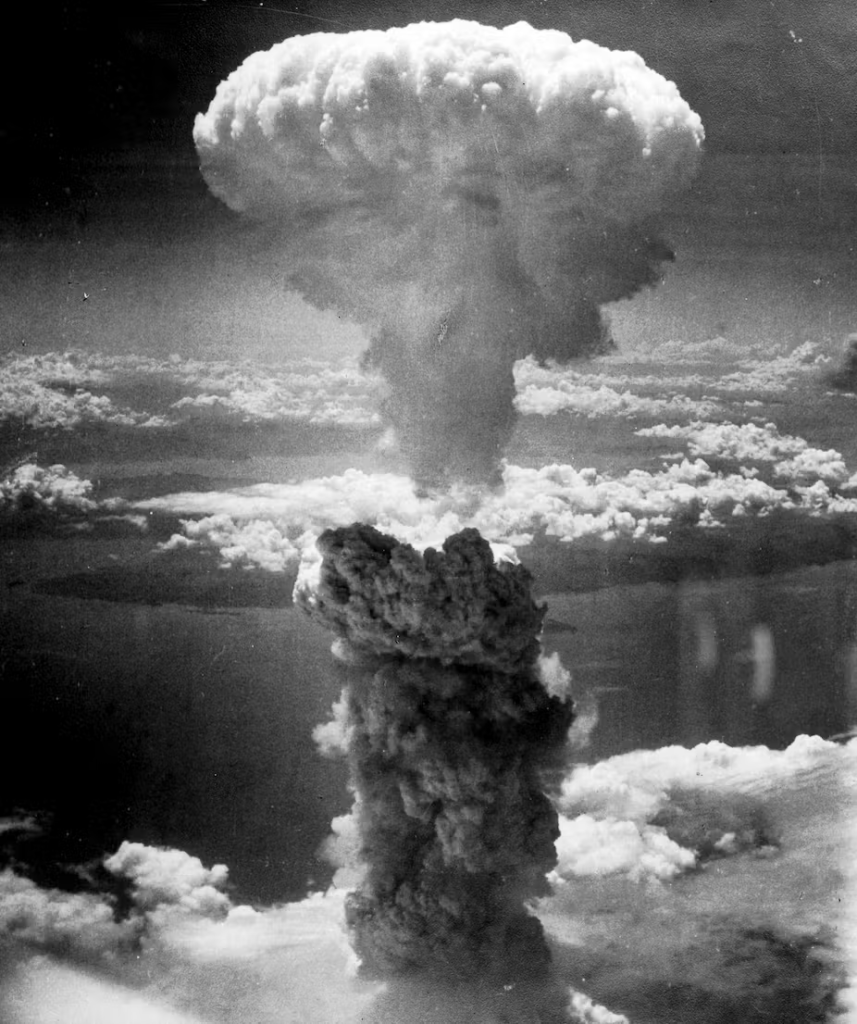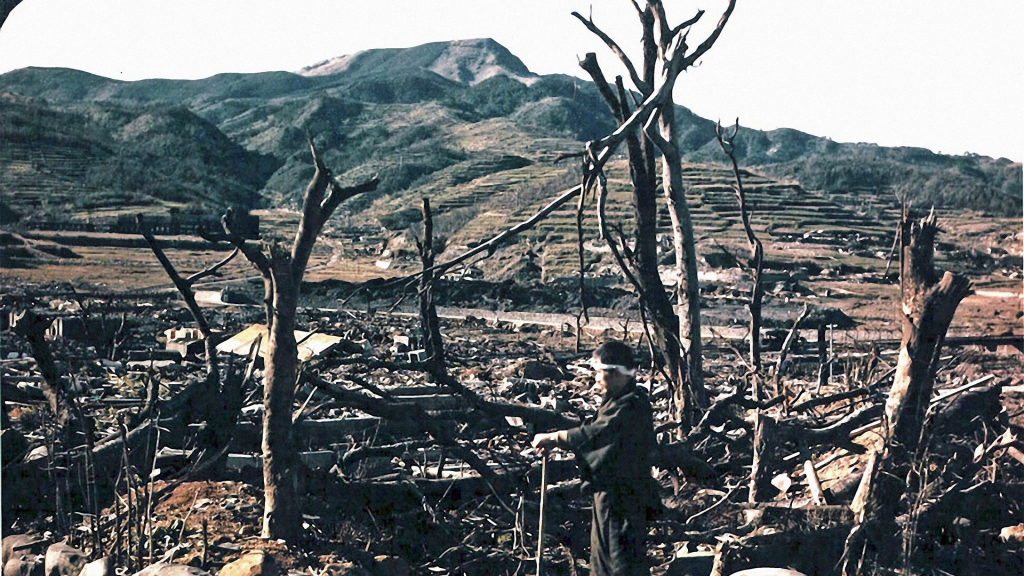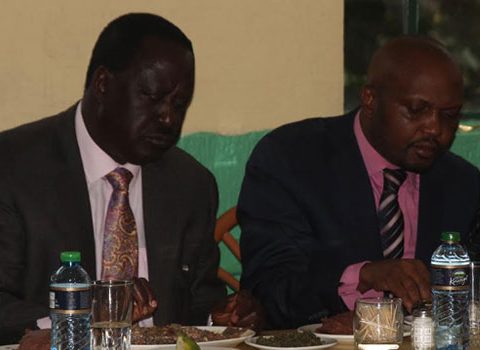On August 6, 1945, during World War 2 (1939-1945), an American B-29 bomber dropped the world’s first deployed atomic bomb over the city of Hiroshima. Later on, August 9 the very same year, a second B-29 dropped a bomb on Nagasaki.
The two overall bombings together killed between 129,000 and 220,000 people, most of which were civilians and remain the only used nuclear weapons in an armed conflict.

Following the attack, Japan’s Emperor Hirohito announced his country’s unconditional surrender in World War 2 in a radio address on August 15, citing the devastating power of “a new and most cruel bomb”. The Japanese government signed the instrument of surrender on 2 September, effectively ending the war.
Read: Atomic Bombings of Hiroshima and Nagasaki
The dropping of the bombs at Hiroshima and Nagasaki.
Hiroshima, a manufacturing center of some 350,000 people, located about 500 miles from Tokyo, was selected as the first target. After arriving at the U.S. base on the Pacific island of Tinian, the more than 9,000-pound Uranium-235 bomb was loaded aboard a modified B-29 bomber christened Enola Gay (after the mother of its pilot, Colonel Paul Tibbets). The plane dropped the bomb- known as “Littel Boy” by a parachute at 8:15 in the morning and it exploded 2,000 feet above Hiroshima in a blast equal to 12-15,000 tons of TNT, destroying five square miles of the city.

The devastation failed to elicit the Japanese immediate surrender, however, and on August 9, Major Charles Sweeney flew another B-29 bomber, Bockscar, from Tinian. Thick clouds over the primary target, the city of Kokura, drove Sweeney to a secondary target, Nagasaki, where the plutonium bomb “Fat Man” was dropped at 11:02 that morning. More powerful than the one dropped at Hiroshima, the bomb weigh nearly 10,000 pounds and was built to produce a 22-kiloton blast. The topography of Nagasaki, which was nestled in narrow valleys between mountains, reduced the bomb’s effect, limiting the destruction to 2-6 square miles.
Read: Legends Of the Mysterious Bermuda Triangle.
Why did the U.S. decide to drop atomic bombs on Hiroshima and Nagasaki?
A number of factors contributed to the United States’ decision to drop atomic bombs on Japan. One reason was Japan’s unwillingness to surrender unconditionally. Japan wanted to keep its emperor and conduct its own war trials and did not want to be occupied by U.S. forces. However, the U.S. wanted unconditional surrender, which thus meant the continuation of the war. Japan still refused to surrender after multiple firebombings such as the bombing of Tokyo on March 9-10 1945.

Another reason why the United States dropped the atomic bomb and specifically, the second one on Nagasaki, has to do with the Soviet Union. On August 8, 1945, two days after the Hiroshima bombing, as agreed by Joseph Stalin during the Tehran and Yalta conferences in 1943 and 1945 respectively, the Soviet Union declared war on Japan. By July 1945, Germany had already surrendered and the war in Europe was over. Japan, however, refused to submit to terms outlined in the Allies Postdam declared.
It is possible that U.S. President Harry Truman ordered the atomic bomb to be dropped on Nagasaki not only to further force Japan to surrender but also to keep the Soviet Union out of Japan by displaying American military power.
The immediate aftermath of the bombings.
In less than one second, the fireball had exploded to 900 feet. The blast move scattered to a distance of 10 miles and felt as far away as 17 miles. Over two-thirds of Hiroshima’s buildings were demolished. The hundreds of fires ignited by the thermal pulse continued to produce a firestorm that had incinerated everything within about 4.4 miles of ground zero.
To the crew of Enola Gay, Hiroshima had disappeared under a thick, churning form of flames and smokes. The co-pilot, Captain Robert Lewis, commented, “My God, what have we done”.
After 30 minutes of the explosion, heavy rain began falling in areas to the Northwest of the city. This “black rain” was full of dirt, dust, soot, and highly radioactive particles that were sucked up into the air at the time of the explosion and during a fire.
Long-term effects of Hiroshima and Nagasaki bombings.
The two atomic bombs dropped on Japan in 1945 killed and maimed hundreds of thousands of people, and their effects are still being felt today.
It takes around 10 seconds for the fireball from a nuclear explosion to reach its maximum size, but the effects last for decades and span across generations.

Five to six years after the bombing, the incidence of leukemia increased noticeably among survivors. After about a decade, the survivors began suffering from thyroid, breast, lung, and other cancers at higher-than-normal rates.
Pregnant women exposed to the bombings experienced higher rates of miscarriage and deaths of arriving infants. Their children were more likely to have intellectual disabilities, impaired growth, and an increased risk of developing cancer.
For all survivors, cancers related to radiation exposure still increase throughout their lifespan, even to this day, seven decades later.
Banishment of Nuclear weapons by the U.N.
After decades of campaigning for a world free of nuclear weapons following the devastation, the Treaty on the Prohibition of Nuclear Weapons adopted in 2017, holds great significance for the Habashuka.
The Habashuka are survivors of the world bombings of Hiroshima and Nagasaki and are integral to the history of the atomic bombings of the two cities.






